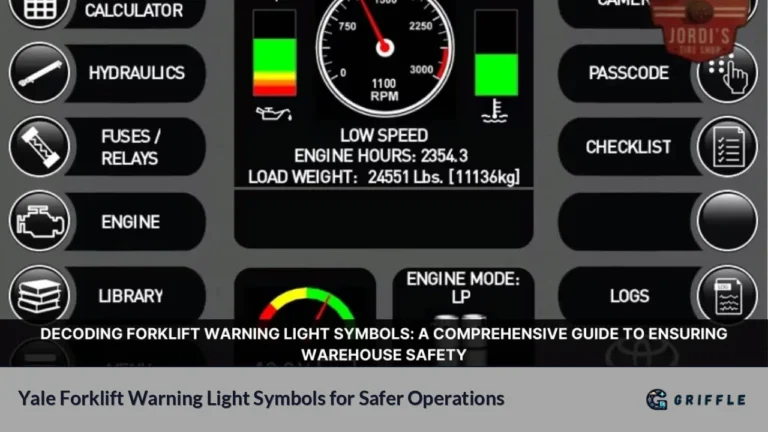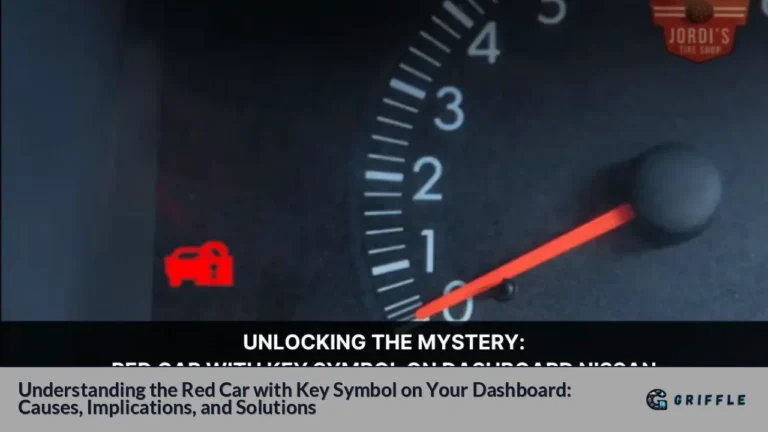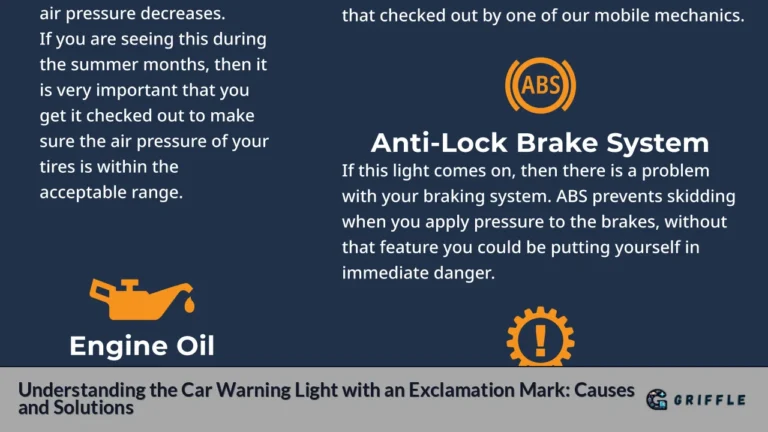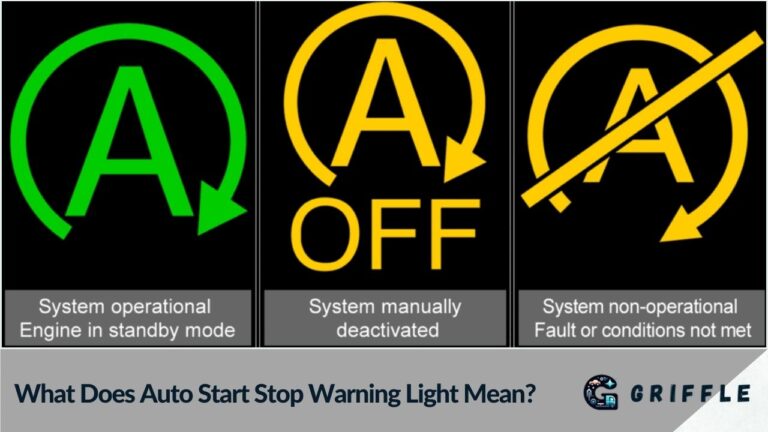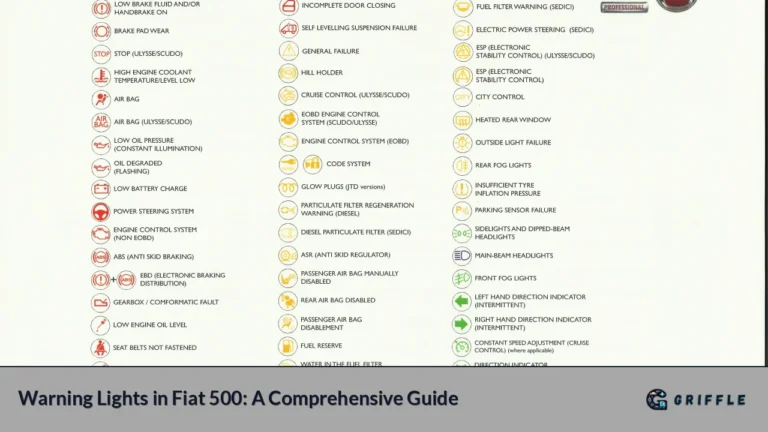Tractors are essential machinery in agriculture, construction, and various other industries. They are equipped with complex systems that require operators to be aware of their status and functionality. One of the most critical aspects of operating a tractor is understanding the dashboard symbols and indicators that provide vital information about the machine's performance. This article aims to explore the common symbols found on tractor dashboards, their meanings, and how to respond to them effectively.
The dashboard of a tractor is designed to communicate important information to the operator through various symbols and lights. These indicators can alert users to potential issues, operational statuses, or maintenance needs. However, many operators may find themselves confused by these symbols, leading to misinterpretation and potentially hazardous situations.
Understanding these symbols is crucial for maintaining the tractor's functionality and ensuring safe operation. By familiarizing yourself with the meanings behind these indicators, you can address issues promptly and keep your equipment running smoothly.
Common Tractor Dashboard Symbols
Below is a table summarizing some of the most common tractor dashboard symbols along with their meanings:
| Symbol | Meaning |
|---|---|
| Engine Temperature | Engine Coolant Temperature: Indicates overheating. Stop immediately if illuminated. |
| Oil Pressure | Oil Pressure Warning: Low oil pressure detected. Check oil levels immediately. |
| Battery | Battery Charge Indicator: Indicates a problem with the battery or alternator. |
| Fuel Level | Fuel Level Indicator: Shows current fuel level; refill if low. |
| Tachometer | Engine RPM: Displays engine speed; avoid exceeding recommended RPMs. |
| Hydraulic Pressure | Hydraulic System Pressure: Monitors hydraulic pressure for attachments. |
| High Beams | High Beam Indicator: Confirms high beam headlights are on. |
| Parking Brake | Parking Brake Engaged: Indicates that the parking brake is still applied. |
Detailed Analysis of Key Symbols
Engine Temperature Indicator
The engine temperature symbol typically resembles a thermometer submerged in liquid. This indicator alerts you when the engine coolant temperature exceeds safe levels, which can lead to overheating and severe engine damage if not addressed promptly.
- Response: If this symbol lights up, immediately stop the tractor and allow it to cool down before checking coolant levels.
Oil Pressure Warning Light
This symbol often looks like an oil can with a drip coming out of it. It signals that the engine oil pressure is low, which can result in catastrophic engine failure if ignored.
- Response: Check the oil level as soon as possible and add oil if necessary. If the light remains on after adding oil, consult a mechanic.
Battery Charge Indicator
Represented by a battery icon, this symbol indicates issues within the electrical charging system.
- Response: If illuminated while the engine is running, check battery connections and alternator function. Failure to address this can lead to electrical system failures.
Fuel Level Indicator
This symbol resembles a gas pump and informs you about the current fuel level in your tractor.
- Response: Regularly monitor this indicator to avoid running out of fuel during operation.
Tachometer
The tachometer displays engine speed in RPM (Revolutions Per Minute). Operating outside recommended RPM ranges can affect fuel efficiency and engine performance.
- Response: Keep an eye on this gauge during operation to maintain optimal performance.
Hydraulic System Pressure Indicator
This symbol usually looks like a cylinder with an arrow pointing downwards and indicates the pressure within the hydraulic system.
- Response: Ensure that hydraulic attachments are functioning properly; low pressure may indicate leaks or other issues.
High Beam Indicator
A simple symbol resembling headlights with lines extending outward indicates that high beams are activated.
- Response: Use high beams only when necessary to avoid blinding other drivers.
Parking Brake Indicator
This symbol often appears as an exclamation mark inside a circle, reminding you that the parking brake is engaged.
- Response: Always ensure that this light is off before moving the tractor.
Common Issues Related to Dashboard Symbols
Understanding these symbols helps operators prevent common issues associated with tractor operation:
- Overheating: Ignoring temperature indicators can lead to overheating, resulting in extensive damage.
- Low Oil Pressure: Failing to address low oil pressure warnings can cause severe engine wear or failure.
- Electrical Failures: Battery indicators that go unchecked may lead to complete electrical system failures.
- Fuel Shortages: Not monitoring fuel levels can result in unexpected downtime during critical operations.
By being proactive about these indicators, operators can significantly reduce maintenance costs and enhance safety during use.
Conclusion
Familiarity with tractor dashboard symbols is essential for any operator aiming for efficient and safe machinery use. Understanding what each symbol means allows for timely responses to potential issues, ultimately prolonging equipment life and enhancing productivity on the field or job site.
Regular training on these indicators should be part of any operator's routine to ensure they remain aware of their machinery's status at all times. By doing so, operators not only safeguard their equipment but also contribute positively to overall operational efficiency.
FAQs
- What should I do if my tractor's warning light comes on?
Immediately check your operator's manual for specific instructions related to that warning light. - How often should I check my tractor's dashboard indicators?
You should monitor your dashboard indicators continuously while operating your tractor. - Can I ignore minor warning lights?
No, even minor warning lights can indicate underlying issues that may escalate if not addressed. - What does it mean if multiple warning lights are illuminated?
This could indicate a serious malfunction; stop operating immediately and consult a technician. - How can I prevent dashboard warnings from appearing?
Regular maintenance checks and following operational guidelines can help prevent many issues.

